Prolonged exposure to the elements can take its toll on your roof. So,what are the natural elements that are most detrimental to your exterior?
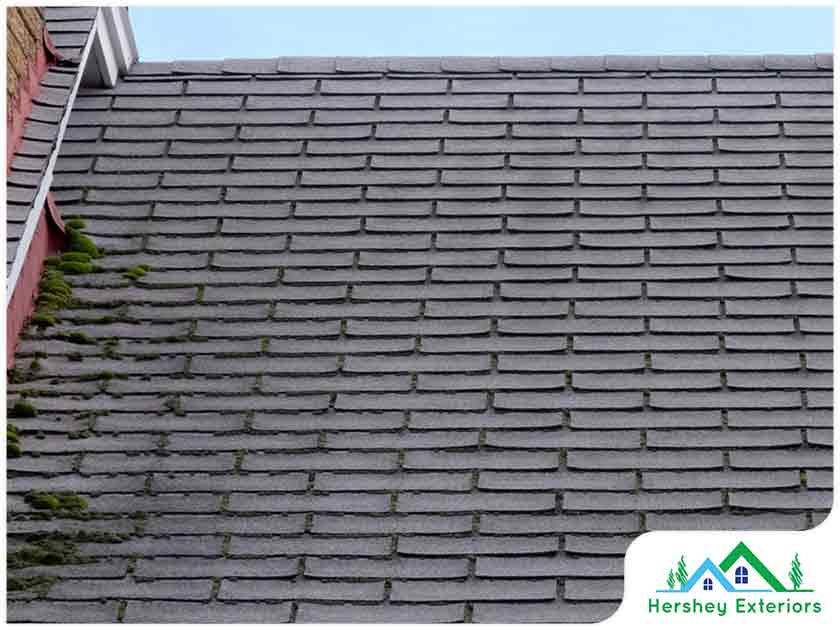
Rain and Moisture Damage
Years of exposure to rain can weaken your roof, allowing water to infiltrate your home. Leaks and, by extension, excess moisture are problematic for roofs because they can cause a wide range of roofing issues, the most serious of which include mold and mildew. Remember: moisture damage and mold both thrive in damp, dark environments and usually go hand in hand.
Why is mold considered such a serious problem? It eats away at wood and other organic materials, and, if left unattended, may compromise the stability of the wooden beams that comprise your roof’s structural support. Not to mention their spores - which can cause allergy flare-ups and aggravate respiratory conditions - pose a health risk.
Preventing and Mitigating Rain Damage
Routine roofing maintenance is the best way of preventing leaks. How often should you have your roof inspected? The National Roofing Contractors Association (NRCA) recommends having a residential roofing contractor inspect your roof at least twice a year, ideally before the start of summer and winter.
Inadequate Attic Ventilation
While leaks are usually the main culprit behind moisture damage, trapped moisture is equally problematic. If your roof and attic aren’t adequately ventilated, humid air becomes trapped, creating a damp environment that’s the perfect breeding ground for mold and mildew.
Keep in mind that ventilation isn’t as straightforward as it seems. For instance, having more ventilation isn’t necessarily better. The airflow in your roof or attic needs to be balanced, which means the amount of space dedicated to air intake must be the same as the space dedicated for air exhaust.
How much ventilation would your roof or attic need? In general, there should be a square foot of net free area (NFA) - the area through which air can pass - every 300 square feet of floor area for attics with a vapor barrier. Attics with no vapor barriers, on the other hand, should have a square foot of NFA for every 150 square feet of attic floor space. And, if you’re not sure if your roof or attic has enough ventilation, it’s best to have a residential and commercial roofing contractor inspect your home.
Snow and Ice Dams
Sub-zero temperatures can be harsh on your exterior, especially your roof. A common problem in winter is ice dams, which are cause for concern because they prevent melted snow from flowing to your gutters. If water isn’t diverted properly, it may accumulate on your roof and eventually seep into your shingles, creating leaks.
How do you prevent ice dams from forming? By making sure your gutters are clean. However, if ice dams keep forming near the edges of your roof even though your gutters are well-maintained, inadequate roof insulation might be to blame. Warm air rising from the lower floors can reach your roof through gaps in the attic floor’s insulation, melting the snow on top. And, as the melted snow slides down to the colder sections of your roof, it freezes again, depositing ice near the edges of your roof. Don’t forget that insulation and ventilation go hand in hand, so you may need to have a residential and commercial roofing contractor check your roof’s insulation and ventilation systems.
The Freeze-Thaw Cycle
Ice dams aren’t the only thing you need to worry about in winter; there’s also the issue of the freeze-thaw cycle. Certain roofing materials expand as temperatures increase and contract as temperatures drop. Repeated contractions and expansions as well as abrupt changes in temperature can force open cracks in your exterior. That’s why it’s important to choose roofing and siding materials that can handle your area’s climate. Remember: no matter how durable your roof is, it won’t last long if it isn’t suited to your area’s climate.
Choosing a Material
What are the roofing materials that are best suited to temperate climates?
- Asphalt shingles - There’s a reason why asphalt shingles are one of the most popular roofing options on the market. They’re cost-effective and durable enough to withstand harsh weather. Keep in mind that not all asphalt shingles can offer the same level of protection. For instance, if you’re considering installing asphalt shingles, we’d recommend choosing architectural shingles instead of three-tab shingles. Architectural shingles are more durable than three-tab shingles and last longer. And, if you’re not sure about the quality of certain asphalt shingles, it’s best to stick to reputable brands like GAF.
Here’s a tip: GAF roofing systems installed by GAF-certified contractors are eligible for exclusive warranties that provide stronger protection and more extensive coverage.
- Metal roofing panels - Snow in small amounts is harmless. However, if enough snow accumulates on top of your roof, the added weight load might become too much for your roof, causing cave ins on sections of your roof. If you live in an area with heavy snowfall, metal roofing panels would be a smart choice. Instead of piling on top of your metal roof, snow slides off the slick metal surface.
Gale-Force Winds and Storm Damage
Moderate wind speeds should be no problem for your roof. However, gale-force winds can easily dislodge loose shingles and lift the edges of shingles. Since gale-force winds usually accompany storms and other extreme events, you should schedule a roof inspection after an extreme weather event. No matter how durable your roof is, it’s bound to suffer some form of damage after a storm or an extreme weather event.
What if you haven’t noticed any signs of roofing damage yet? It’d still be a good idea to schedule a roof inspection. It takes time for certain signs of damage to appear. (Not to mention the early warning signs of roof damage are easy-to-miss.) And, by the time the warning signs appear, it’s already too late to mitigate storm damage.
Suspect your roof suffered wind damage? Hershey Exteriors, Inc offers free inspections for wind damage.
The Sun and Ultraviolet (UV) Damage
Exposure to heat and UV damage can cause your roof to prematurely age. Fortunately, there are several ways to reduce UV and thermal shock damage from prolonged exposure to the sun. It can range from something as simple as choosing a light roof color (which reflects heat instead of absorbing it) or adding protective coatings.
If you have an asphalt roof, you don’t usually need any additional coatings: the granules embedded in the asphalt shingles protect your roof from UV rays. Are you worried about your asphalt roof losing granules? Some degree of granule loss is expected over the course of an asphalt roof’s lifespan, which is why manufacturers add 40% more granules to the shingles than necessary. As such, some minor granule loss is not unexpected, especially if your roof was recently installed.
When should you be worried about granule loss? When bald patches start to appear on your roof or granules start accumulating in your gutters. Extensive granule loss is usually a sign your asphalt roof is nearing the end of its lifespan; as your roof ages, the adhesion of granules to the shingles’ surface weakens. The average lifespan of asphalt shingles is 20 years. So, if your roof is nearing that age, you might want to start planning a roof replacement.
Need a roof replacement?
Hershey Exteriors, Inc, a GAF-certified roofing contractor, offers a wide range of professional exterior services, including roof and siding replacement services. To get a free estimate, call us at (302) 569-9039, or fill out this form.
Tags
Subscribe to Hershey Exteriors's Blog


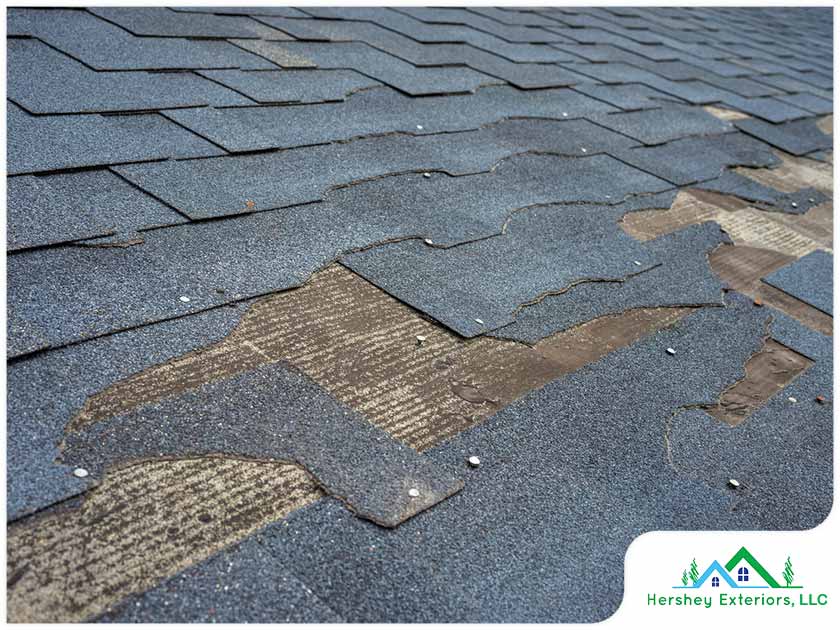
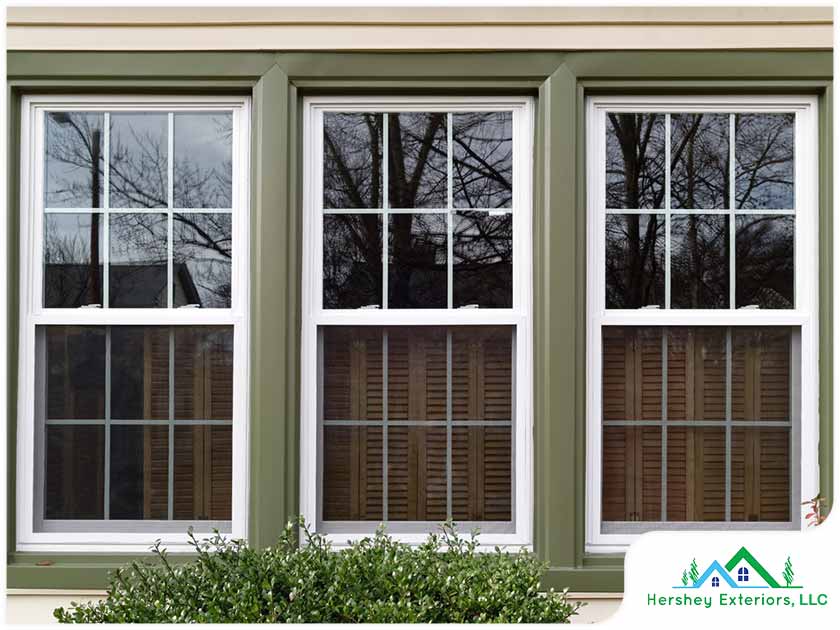
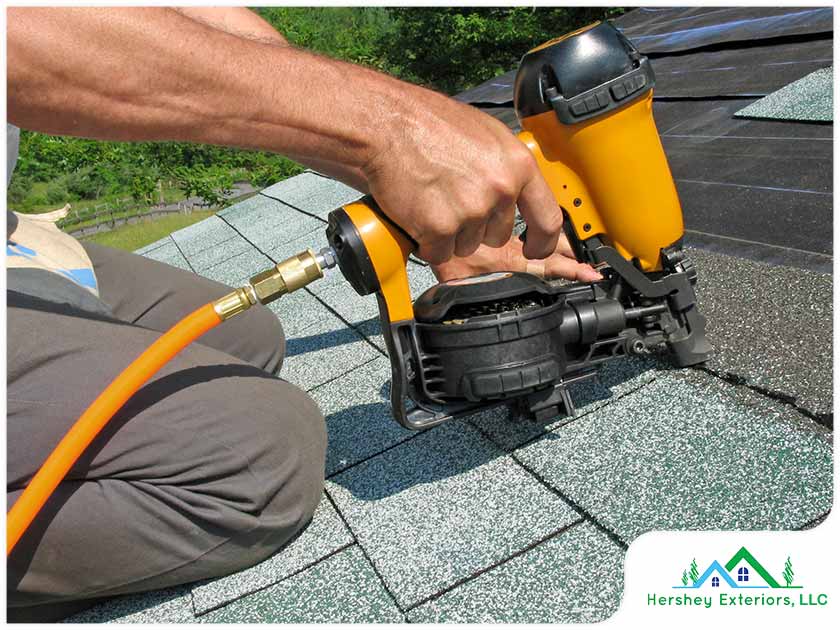
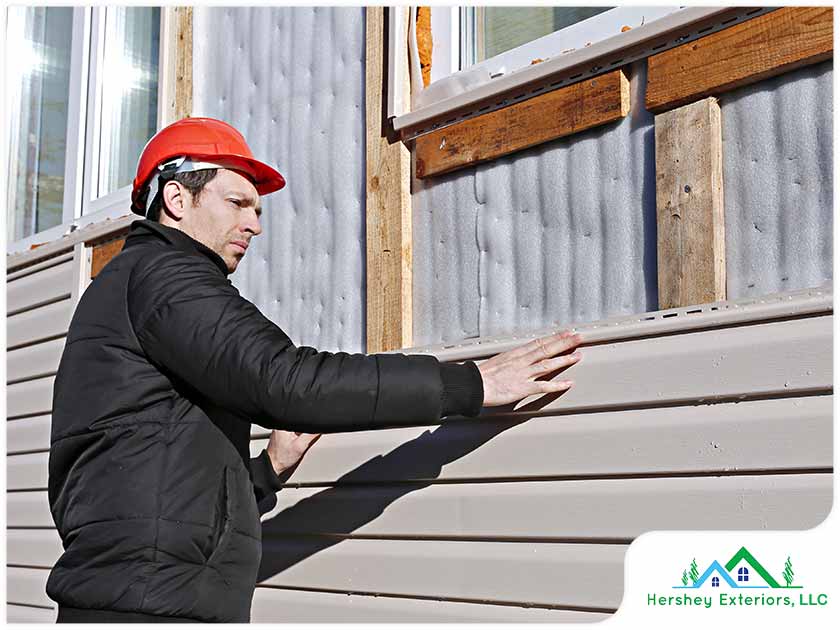
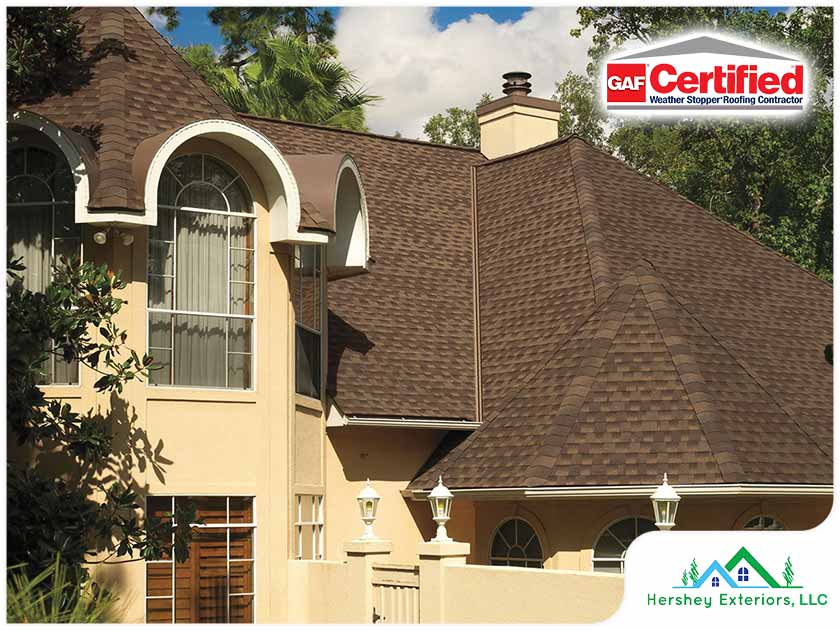

Comments